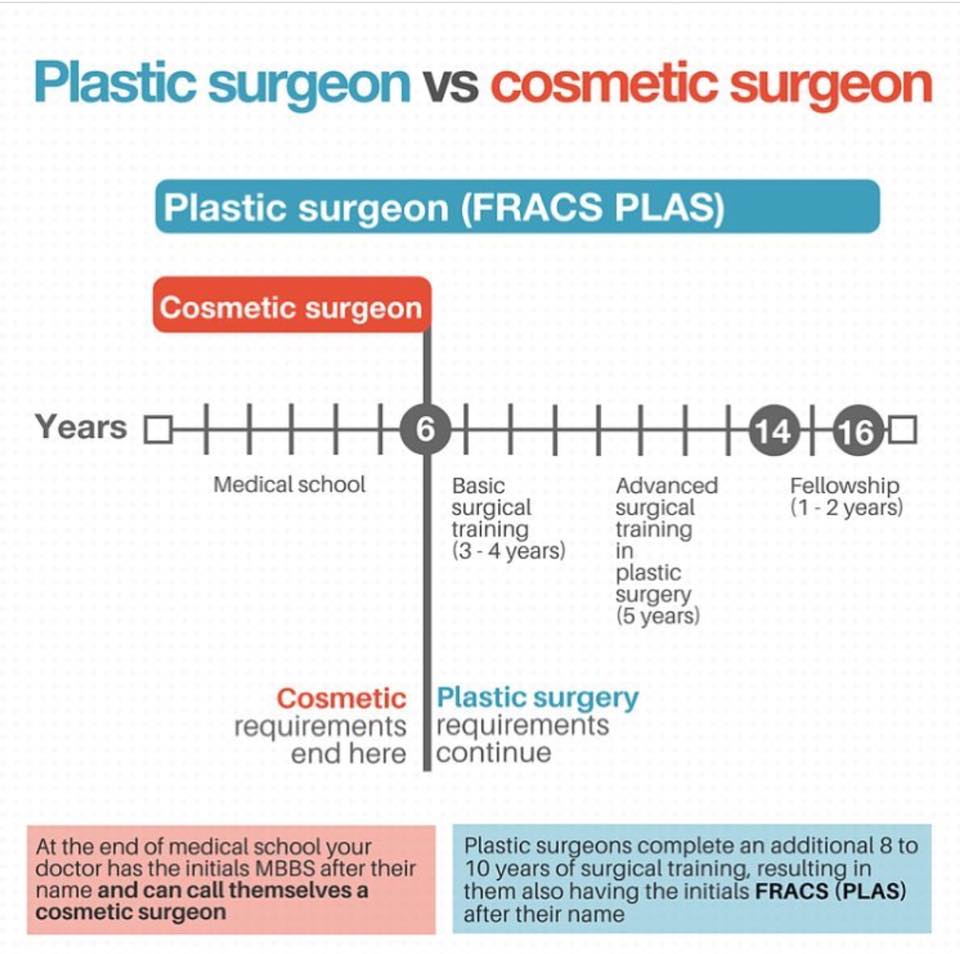Personalized Acne Skincare Routines
Personalized Acne Skincare Routines
Blog Article
Acne Therapy - What Are AHAs in Acne Treatment?
AHAs are an essential component for unclogging pore blockages and brightening acne-prone skin. They function by breaking down dead skin cell buildup to advertise more recent, fresher cells, and stopping future clogs.
Developing topical AHAs demands meticulous interest to different vital factors that considerably affect their efficiency and tolerability. Keeping the optimal pH variety, together with lorry option and concentration, enhances their exfoliative qualities while minimizing possible adverse reactions.
Glycolic acid
Glycolic acid is understood for its moderate yet reliable scrubing properties, which promote skin's natural dropping and loosen up the "adhesive" that holds dead cells externally of the skin. This aids unblock pores and decrease the appearance of fine lines and wrinkles, as well as improve general skin structure and tone.
Remarkably, topical glycolic acid has actually likewise been revealed to boost the manufacturing of collagen, which is essential in keeping skin's suppleness and elasticity. It is important to note, however, that because glycolic acid can promote the skin's sensitivity to sunlight, it is necessary to use sunscreen when utilizing any type of products containing this component.
Skin specialists pay careful attention to the formulation of products including AHAs in order to optimize their efficacy and tolerability. Formulating AHAs with the suitable car, along with pH and concentration considerations, allows for optimum skin infiltration while decreasing possible damaging responses. This is especially vital for individuals with delicate skin, considering that AHAs are understood to be slightly irritating.
Lactic acid
Lactic acid is found in many over-the-counter skin treatment items and some more powerful expert peels and treatments. It has the lowest molecular weight of all the AHAs and has the ability to pass through much deeper into the skin, where it is much more effective at unclogging pores and scrubing.
Like glycolic acid, it additionally promotes collagen synthesis, which assists decrease fine lines and creases and boost skin structure. Furthermore, it has moisture-retention residential or commercial properties, which makes it preferable for drier skin kinds than other AHAs.
The comprehensive body of clinical information confirming the effectiveness of topical AHAs supports their utility in a variety of skin-related conditions and aesthetic concerns. These consist of complex skin rejuvenation treatments, depletion of fine lines and wrinkles, lightening of hyperpigmentation, healing treatment for actinic keratosis, and acne management [2] Maximizing the solution of AHAs by balancing pH, concentration, and automobile choice further boosts their restorative potential. These careful factors to consider enable dermatologists to supply risk-free and effective therapies that supply exceptional professional results.
Mandelic acid
Mandelic acid, derived from almonds, is an additional participant of the AHA family and is a preferred component in products that aid treat acne. Its bigger molecular dimension means it passes through the skin much more slowly and delicately, which can decrease the possibility for inflammation. It's also much lip injections near me less likely to cause inflammation and various other skin level of sensitivity issues, making it ideal for sensitive skin kinds.
Mandelic Acid is thought to help in reducing inflammation and increase hydration. It works by loosening up the bonds in between dead skin cells, allowing them to drop and reveal fresher-looking skin. It additionally helps reduce the look of enlarged pores.
Creating topical products with AHAs calls for an accurate equilibrium of crucial factors that dramatically affect their efficiency and tolerability. Particularly, the pH of an AHA solution has been revealed to play a crucial duty in its capability to advertise exfoliation and boost skin tone and structure. Achieving this ideal focus is a difficult objective and needs thorough interest to the numerous elements that influence the formulation procedure.
Citric acid
Citric acid, found in citrus fruits such as oranges and lemons, is a moderate AHA. It's less annoying than glycolic or lactic acid, making it preferable for sensitive skin. It additionally has astringent residential or commercial properties, aiding to dry out excess oil.
Like various other AHAs, citric acid can be made use of in chemical peels and daily active/maintenance therapies to exfoliate the skin and promote cell turn over. It can help reduce the look of dark places and hyperpigmentation, in addition to great facial lines.
It can likewise raise the synthesis of glycosaminoglycans, which play an essential duty in strengthening the skin obstacle feature. This helps to prevent trans-epidermal water loss, and keep optimal hydration degrees in the skin [35]
AHAs can be incorporated with relaxing active ingredients such as ceramides or hyaluronic acid to improve their tolerability. They can be integrated right into daily active/maintenance skincare via lotion or serum formulas. This permits specialists to customize their AHA therapies based on client demands and preferences, with the flexibility of selecting from various treatment intensities or focus.